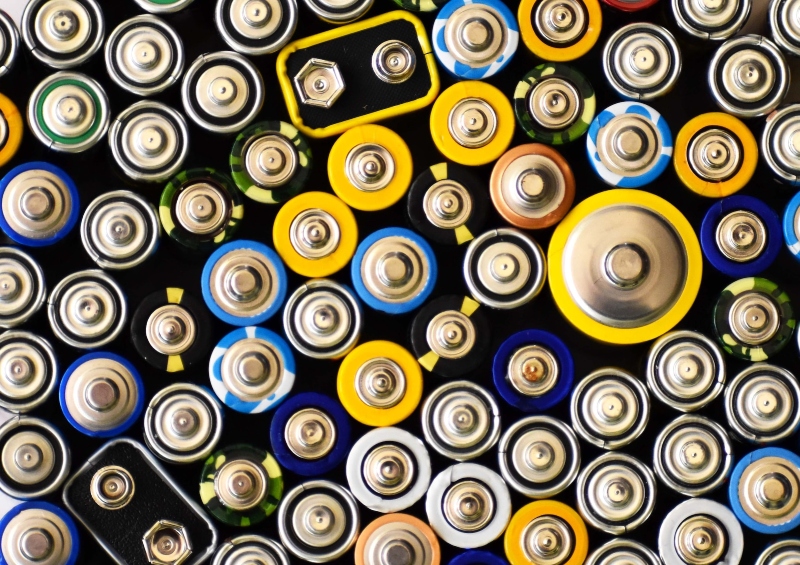 Photo by Vardan Papikyan on Unsplash
Photo by Vardan Papikyan on Unsplash
Researchers at the Chinese Academy of Sciences have introduced a cutting-edge recycling method that could revolutionize how we recover valuable materials from used lithium-ion batteries (LIBs), TechXplore reports.
LIBs, the powerhouse behind our smartphones and electric vehicles, have long posed a recycling challenge due to their environmental impact and the need for cost-effective solutions.
This innovative approach, called "contact-electro-catalysis," harnesses the power of radicals generated through contact electrification and ultrasonic waves to recover critical materials like lithium and cobalt.
Why LIB Recycling Matters
LIBs have become an integral part of our daily lives, powering various gadgets and serving as the lifeblood of electric cars.
However, current recycling practices often fall short in terms of effectiveness, cost, and environmental impact. According to available data, lithium-ion battery waste is increasing at a rate of 20% per year and might total 136,000 tonnes by 2036.
Many valuable components can be found in lithium-ion batteries. When batteries are recycled, up to 95% of their components can be recovered for reuse or even made into new batteries.
Additionally, LIBs rely on materials like cobalt and lithium, which are increasingly scarce, driving the urgency for efficient recycling solutions that reduce our reliance on these finite resources.
Contact-Electro-Catalysis
The Chinese researchers, led by Huifan Li and Andy Berbille, introduced their revolutionary contact-electro-catalysis method to address these challenges.
This technique creates radicals through contact electrification, a process akin to rubbing materials together, and employs ultrasonic waves to facilitate the extraction of valuable metals from used batteries.
In essence, it Is a green, efficient, and economical approach to LIB recycling.
Impressive Results
Initial tests of the contact-electro-catalysis method yielded impressive results.
For lithium cobalt (III) oxide batteries, the team achieved a remarkable 100% lithium recovery and a substantial 92.19% cobalt recovery in just six hours at 90°C.
When applied to ternary lithium batteries, the results remained outstanding: 94.56% lithium recovery, 96.62% nickel recovery, 96.54% manganese recovery, and 98.39% cobalt recovery, all within six hours at a slightly lower temperature of 70°C.
These findings are a testament to the method's efficiency and potential.
A Sustainable Future for LIBs
With the global trend toward carbon neutrality and the exponential growth in LIB demand, sustainable recycling methods are more critical than ever.
The contact-electro-catalysis technique promises to provide a greener, cost-effective solution to meet these demands while mitigating the environmental impact of LIB production.
What's Next?
While the initial results are promising, further research and development are needed to perfect the contact-electro-catalysis method and assess its potential limitations.
Researchers anticipate that this innovative approach could pave the way for large-scale, sustainable recycling of LIBs, reducing waste and our reliance on scarce materials.
Stay posted here at Tech Times.





